
Washington Nationals‘ outfielder James Wood arrived in the majors on July 1 of last year heralded by high expectations. That’s the nature of things when you’re a former high-round pick, consensus top-15 overall prospect, and a key piece of the August 2022 blockbuster that sent Juan Soto to the San Diego Padres. Wood in his rookie campaign of 2024 rose to meet those aforementioned expectations, as he put up a 122 OPS+ (a park-adjusted OPS that was 22 percent better than the league-average) in 79 games for the Nats.
This year, though, Wood in his age-22 season has soared to heights that perhaps not even his most bullish advocates anticipated, at least not this quickly. Simply stated, he’s been one of the best hitters in all of baseball, and achieving that, even across one-third of a season, bodes exceptionally well for his long-term future in baseball. As such, Wood’s season to date and the somewhat unconventional way he’s gone about it cry out for further exploration. Let’s undertake that now.
First, there’s what he’s done so far in 2025. Going into Wednesday’s slate of games, Wood’s authored the following numbers for the current season:
That’s not just All-Star production, it’s production that, if sustained, should find Wood on more than a few ballots in National League MVP voting. Right now, Wood is on pace for 43 homers, 43 doubles, 97 walks, 24 stolen bases, and a WAR of 7.6. That’s broad-based excellence from, to repeat, a player who’s still just 22 years of age.
Speaking of youth and high-level production, let’s emphasize Wood’s current OPS+ of 168. All of that puts him in very special company, as you’re about to see. Here’s the list of full-season qualifiers who have put up an OPS+ of 165 or higher at age 22 or younger in the Integrated Era (i.e., since 1947):
|
Player |
Year |
OPS+ |
Season age |
|
Eddie Mathews, Braves |
1953 |
171 |
21 |
|
Eddie Mathews, Braves |
1954 |
172 |
22 |
|
1964 |
176 |
22 |
|
|
2012 |
168 |
20 |
|
|
Mike Trout, Angels |
2013 |
179 |
21 |
|
Mike Trout, Angels |
2014 |
169 |
22 |
|
Bryce Harper, Nationals |
2015 |
198 |
22 |
|
Fernando Tatis Jr., Padres |
2021 |
166 |
22 |
|
2021 |
167 |
22 |
|
|
Juan Soto, Nationals |
2021 |
175 |
22 |
This, plainly, is enviable company — assuming Wood keeps it up — and these comparables paint a promising picture of Wood’s future. Years from now, it’s possible we’ll look back at this list and find that Powell, a four-time All-Star and MVP, is the only Hall of Famer not on it.
As long as we’re on the subject of Wood and his possible place in history, he’s currently in line to become the first hitter ever to put up 40 or more homers and 40 or more doubles in the same season at age 22 or younger. Yes, ever.
It’s of course worth noting that Wood’s batted-ball data back up his current level of excellence at the plate. Right now, Wood ranks in the 96th percentile in average exit velocity off the bat, the 98th percentile in barrel rate (or the percentage of batted balls that the leave the bat at the ideal combination of exit velocity and launch angle for power production), the 99th percentile in hard-hit rate, and the 96th percentile in bat speed. On the plate-discipline front, Wood is in the 89th percentile in walk rate and the 79th percentile in chase rate (or how often he swings at pitches outside the strike zone).
As this author is wont to note in pieces such as this one, there are two simple tools that suggest whether a hitter’s production figures to be maintained, and now that we’re more than one-third of the way into the regular season those tools can be used with a bit more confidence. First we have wOBA, or Weighted On-Base Average, which assigns proper value to every possible offensive event that happens while a batter is at the plate. Those proper valuations of singles, doubles, homers, walks, etc., distinguish wOBA from more traditional measures. Then comes xwOBA, or Expected Weighted On-Base Average. Building off wOBA, xwOBA is an estimation of what a hitter’s wOBA should be based on quality of contact. xwOBA attempts to strip away luck — bad or good — and defensive play from wOBA and identify a hitter’s baseline skill. It’s useful for getting an idea of how a hitter figures to perform in the near-term future. Basically, if a hitter’s xwOBA is significantly lower than his wOBA, he’s probably going to come back to earth at some point. On the other side of things, if a hitter’s xwOBA is quite a bit higher than his wOBA, then better days may be ahead.
In Wood’s case, his current wOBA is .406, which puts him in the top 3% of MLB hitters. His xwOBA is .405, so the two are basically equal. In other words, Wood’s current level of production has been earned at the level of the batted ball, and there’s no reason to think he’s cruising along on the wings of good fortune. Enviable draft and prospect pedigree, strong rookie season leading into what’s going on now, historically imposing peer group, top-line and underlying excellence at the plate — you don’t have to believe in everything, but you should believe in James Wood.
Finally, it’s worth appreciating just how unusual Wood’s path to elite production is. These days, it’s de rigueur for hitters to focus on hitting the ball in the air and to the pull side. That’s with good reason, as hitting the ball in the air and to the pull side is the surest path to doing extra-base damage at the plate. Wood, though, isn’t that kind of hitter. This season, he’s putting the ball on the ground more than half the time versus a league ground-ball rate of 42.2%. As well, Wood in 2025 is pulling the ball 30.8% of the time, while MLB hitters as a whole pull the ball 37.4% of the time. All of that leads Wood to pull the ball in the air just 8.3% of the time, or exactly half as often as the average hitter.
So how does a hitter not just survive but also thrive with such a putatively undesirable contact profile? The hitter must do big damage when he goes up the middle or to the opposite field. That, as you’ve probably already figured out, describes Wood.
When the lefty-swinging Wood pulls the ball this season, he has an OPS of .963, which is just a bit shy of the MLB average pull-side OPS of .977. When he goes up the middle or to the opposite field, however, he absolutely thrives:
|
Player/League |
OPS up the middle |
OPS to opposite field |
xWOBA up the middle |
xwOBA to opposite field |
|
James Wood |
1.408 |
1.413 |
.530 |
.456 |
|
MLB average hitter |
.778 |
.705 |
.356 |
.275 |
It’s no exaggeration to say Wood has been roughly twice as productive as the average bear when not pulling the ball. Obviously, he does not have a slow bat that renders him incapable of pulling the ball (note his bat speed percentile above), and his swing isn’t particularly long, especially for a player who stands 6-foot-7. As well, he thrives against high velocity. Versus pitches that come in at 95 mph or greater this season, Wood has an OPS of 1.050 and an xwOBA of .417 (the average MLB figures are .720 and .318, respectively). This is probably a conscious approach by Wood and wise recognition of what he does well. He stands deeper in the box than most hitters, and he lets the ball travel more than most hitters. That gives him an oppo-oriented attack angle whereas most members of his guild have a pull-oriented attack angle. Given Wood’s capacity to punish the ball when he goes up the middle or oppo, that’s a wise decision.
It’s one thing to be a highly accomplished young hitter, which is what Wood is and figures to continue being. It’s something else to reach such heights with an approach that most hitters would eschew. So Wood should be appreciated for his excellence and the rare way in which he arrives at that excellence.
All of it piles up to give Wood an uncommonly bright and uncommonly uncommon present and future as a big-league slugger.
This news was originally published on this post .







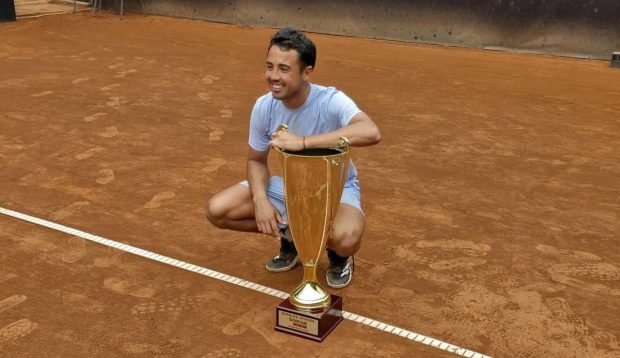
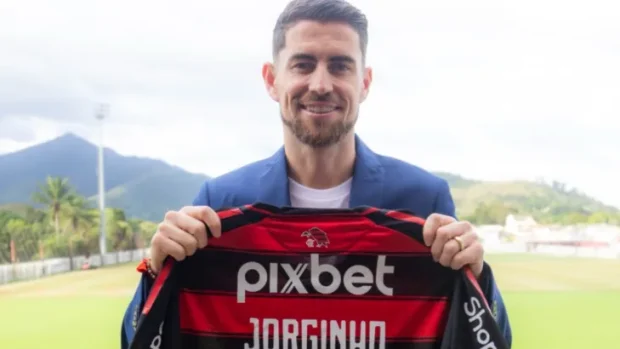
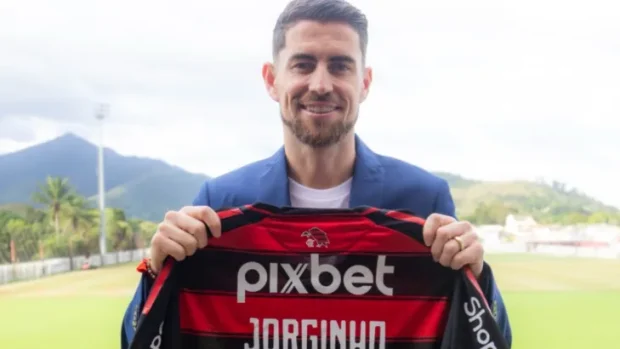
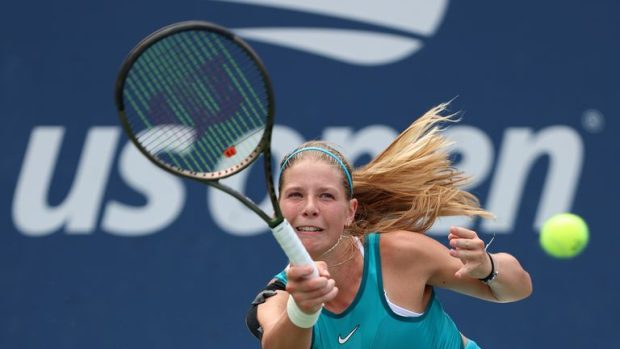
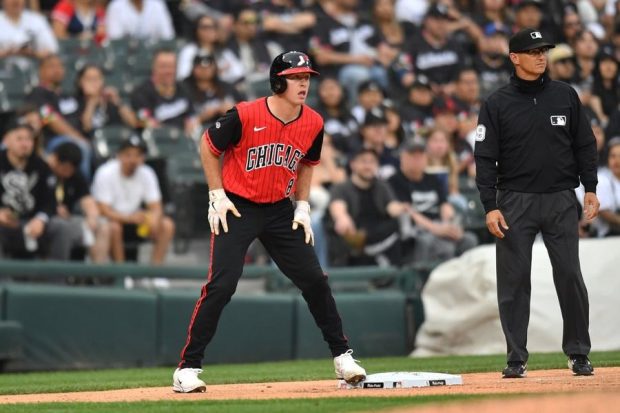

Be the first to leave a comment